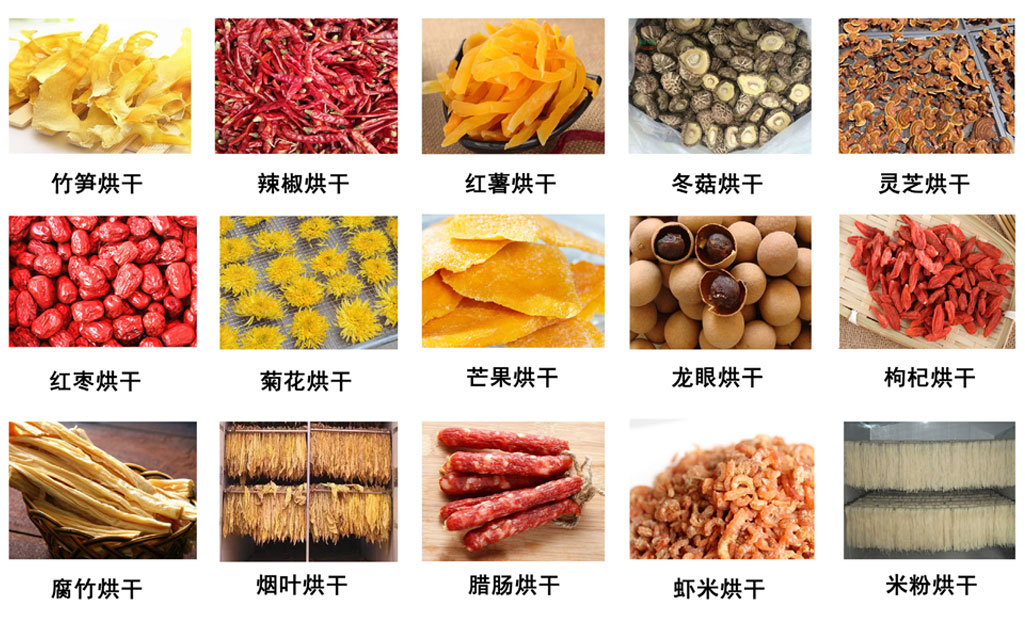In today's society, various industries are constantly seeking new ways to save energy and reduce emissions, and air energy heat pump technology, as an efficient and energy-saving thermal energy utilization method, is gradually becoming a new favorite in the drying field of industrial production.
Air energy heat pump technology is a technology that utilizes the heat energy in the ambient air for thermal energy conversion. It increases the heat in the low-temperature ambient air to high-temperature and high-grade heat energy through a heat pump cycle, which is used in industrial production such as drying and heating. Compared to traditional coal and gas drying methods, air energy heat pumps have advantages such as energy efficiency, environmental protection, and no pollution.

Application of Air Energy Heat Pump Drying Technology in the Drying Field
Grain processing: In the grain processing industry, drying is an important process. Traditional coal-fired drying not only suffers from energy waste, but also causes environmental pollution. Using an air energy heat pump for drying can not only greatly reduce energy consumption, but also maintain the efficiency of drying and ensure the quality of food.
Fruit and vegetable drying: In the fruit and vegetable processing industry, drying is an important part of preservation and processing. Traditional drying methods require a large amount of gas or electricity, which is costly and polluting. Air energy heat pumps can use low-temperature air in the environment for drying, which not only saves energy and is environmentally friendly, but also improves the quality and efficiency of fruit and vegetable drying.
Wood drying: In the wood processing industry, drying is a key process that directly affects the quality and cost of wood. Traditional coal-fired drying can easily lead to problems such as wood cracking and deformation, while air energy heat pumps can achieve more uniform drying, better quality, and lower energy consumption through appropriate temperature and humidity control.
The reasons why air energy heat pump drying technology helps improve production efficiency
Energy conservation and emission reduction: Air energy heat pumps utilize the heat energy in the environment for drying, avoiding the use of traditional energy sources such as coal and gas, greatly reducing energy consumption and thus reducing greenhouse gas emissions such as carbon dioxide, which is in line with the development direction of modern industrial energy conservation and emission reduction.
Environmentally friendly and pollution-free: Compared with traditional coal-fired drying methods, air energy heat pumps do not emit exhaust gases and pollutants from combustion, which not only reduces negative impacts on the environment but also improves the working environment, meeting the requirements of green production.
Improving production efficiency: The air energy heat pump adopts an excellent control system, which can accurately control the drying temperature and humidity, ensuring the stability of product quality. At the same time, its high-efficiency characteristics can also improve production efficiency, shorten drying time, and increase production capacity.
The air energy heat pump drying technology, as an energy-saving and environmentally friendly new energy utilization method, is gradually being applied in industrial production. In the field of drying, it not only brings significant energy conservation and environmental protection effects, but more importantly, improves production efficiency and creates greater economic benefits for enterprises. In the future, with the further maturity and promotion of technology, it is believed that air energy heat pump technology will demonstrate its enormous potential in more industries, injecting new impetus into the green development of industrial production.







Comment